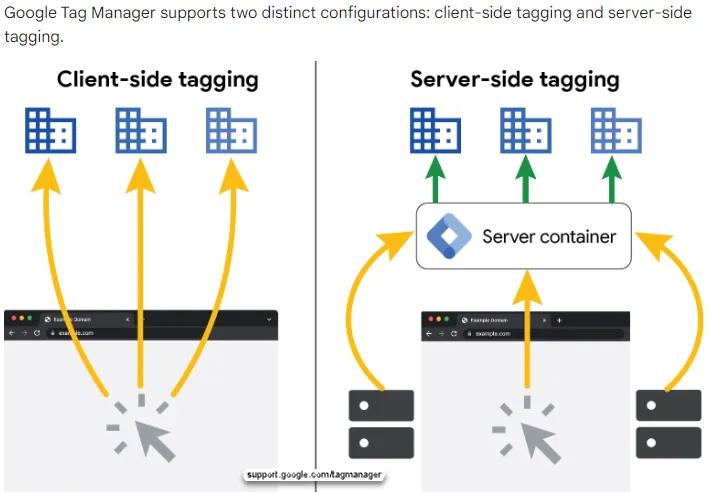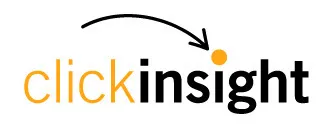GTM Server-Side Tagging is the Future of Privacy-Compliant Marketing

Google Chrome is in the process of ramping up restricting third-party cookies by default for up to 100% of users from Q3 2024. Google reported that they started this rollout in January to 1% of their base which is approximately 30million users.
This impending deprecation of third-party cookies and challenges around data privacy regulations led by the European Union, California, and with the rolling out of similar privacy regulations by more countries around the world, marketers must turn to first- and zero-party data to fill in the signal gaps on advertising and adhere to tightening privacy regulations.
Enter server-side tagging – a powerful tool that enables marketers to navigate these challenges with ease.
What is Server-Side Tagging?

Server-side tagging is a method of tracking and collecting data where the tracking code is implemented on the server rather than the client (browser or app). Instead of relying on multiple client-side tags, which can slow down website performance and raise privacy concerns, Server-side tagging consolidates data collection on the server rather than at the browser or app level (client-side).
Key Benefits of Server-Side Tagging for Privacy Control
One of the most significant advantages of server-side tagging is the granular control it provides over data sharing. And it allows for first-party data collection.
According to Tealium, Server-side tracking is generally more reliable because the scope of data management is greatly reduced and the organization can exert more control over the transmission. In other words, with server-side tagging, marketers can precisely define what data is collected and shared with each third-party vendor. This level of control is beneficial for removing personally identifiable information (PII) before data is sent to external parties, ensuring compliance with stringent privacy regulations like GDPR and CCPA.
Server-side tagging allows for a first-party data collection context. By keeping data within your domain, you can implement tighter content security policies and reduce the risk of unauthorized access to sensitive user information.
How Server-Side Tagging Helps Mitigate Third-Party Cookie Deprecation
With server-side tagging, first-party data becomes the foundation for effective advertising. Marketers can leverage this data to create robust audience segments, personalize content, and measure campaign performance – all while maintaining user privacy and trust.
As we are seeing today with the phasing out of 3rd party cookies on Google Chrome and others similar search and advertising platforms to follow, the phase-out of third-party cookies poses a significant challenge for digital advertising, these cookies were relied upon for tracking, targeting, and attribution. However, server-side tagging offers a solution. By shifting data collection to the server, advertisers and marketers can continue to gather data on experiences without depending on third-party cookies.
Conclusion
As privacy concerns continue to shape the digital marketing landscape, server-side tagging appears to be the best future-proof solution. By providing granular control over data sharing, enabling PII removal, and facilitating privacy-compliant advertising in a post-cookie world, server-side tagging empowers marketers to thrive in this new era.
If you’re a marketer looking to navigate the complexities of data privacy and ensure long-term success, now is the time to explore server-side tagging.
Contact us to discuss your privacy management roadmap.
